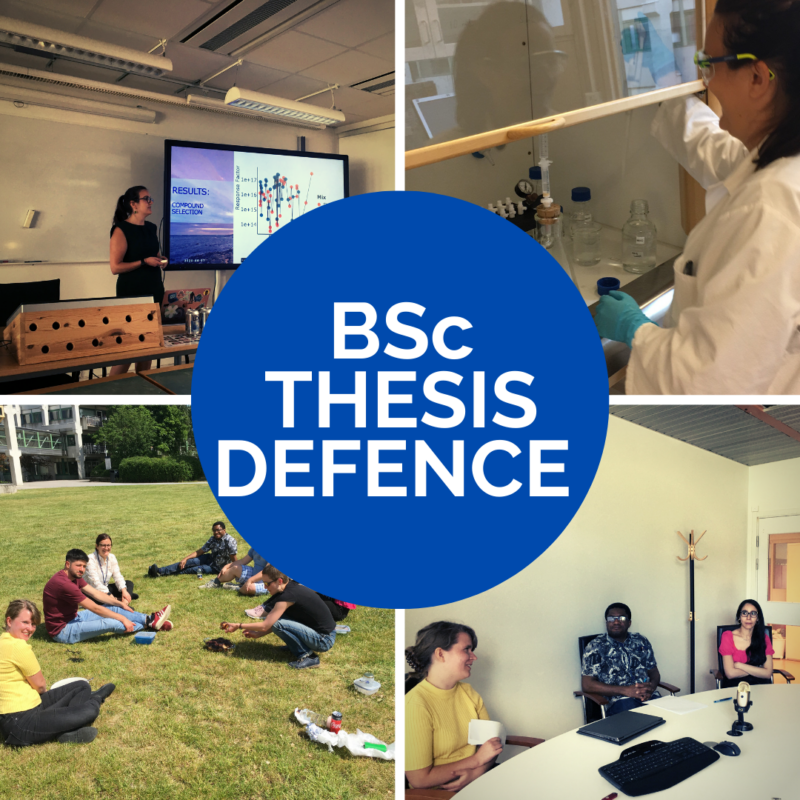Last Friday two talented BSc students, Emma Palm and Louise Malm, in our group, defended their BSc thesis. They both focussed on making the LC/ESI/HRMS quantitative for the non-targeted analysis where standard substances are either not available or even the structure is not unequivocally identified.
The thesis project of Louise focussed on kicking off the NORMAN interlaboratory comparison on semi-quantification. Namely, she focussed on selecting the compounds and carrying out pre-testing for the interlaboratory comparison. Louise tested 4 of the currently available methods: quantification with the structurally similar compounds, quantification with closest eluting compounds, quantification with parent compounds for transformation products, and quantification based on the predicted ionization efficiencies. The ionization efficiency based quantification was developed recently in our group by Liigand et al. and is based on the molecular fingerprint descriptors calculated with PaDEL and solvent properties. Preliminary results show the highest potential for the ionization efficiency based method and the parent compound based quantification; though, two of the methods are still under development and were not tested by Louise.
Emmas thesis focussed on improving and expanding the standard substance-free quantification approach even further. Particularly, she focussed on incorporating methodology for compounds that have not been identified with high confidence in non-targeted screening (level 3 or lower in Schymanski scale). The starting point for this thesis was based on the method proposed by Pieke et al. by using the closest eluting standard substance for the quantification of the suspects. Emma expanded this strategy by incorporating reversed-phase LC separation with different mobile phases and adding machine learning methods to it. Namely, Emma investigated knn with different complexity and similarity metric as well as the multilinear regression. Though more research is needed to fully apply the method, Emma managed to demonstrate that multidimensional LC may have an advantage in semi-quantifying the compounds. We hope to report more on the method soon.
If you are interested in the standard substance-free semi-quantification give us a call or if you would be interested in participating in the interlaboratory comparison, you can sign up here.


